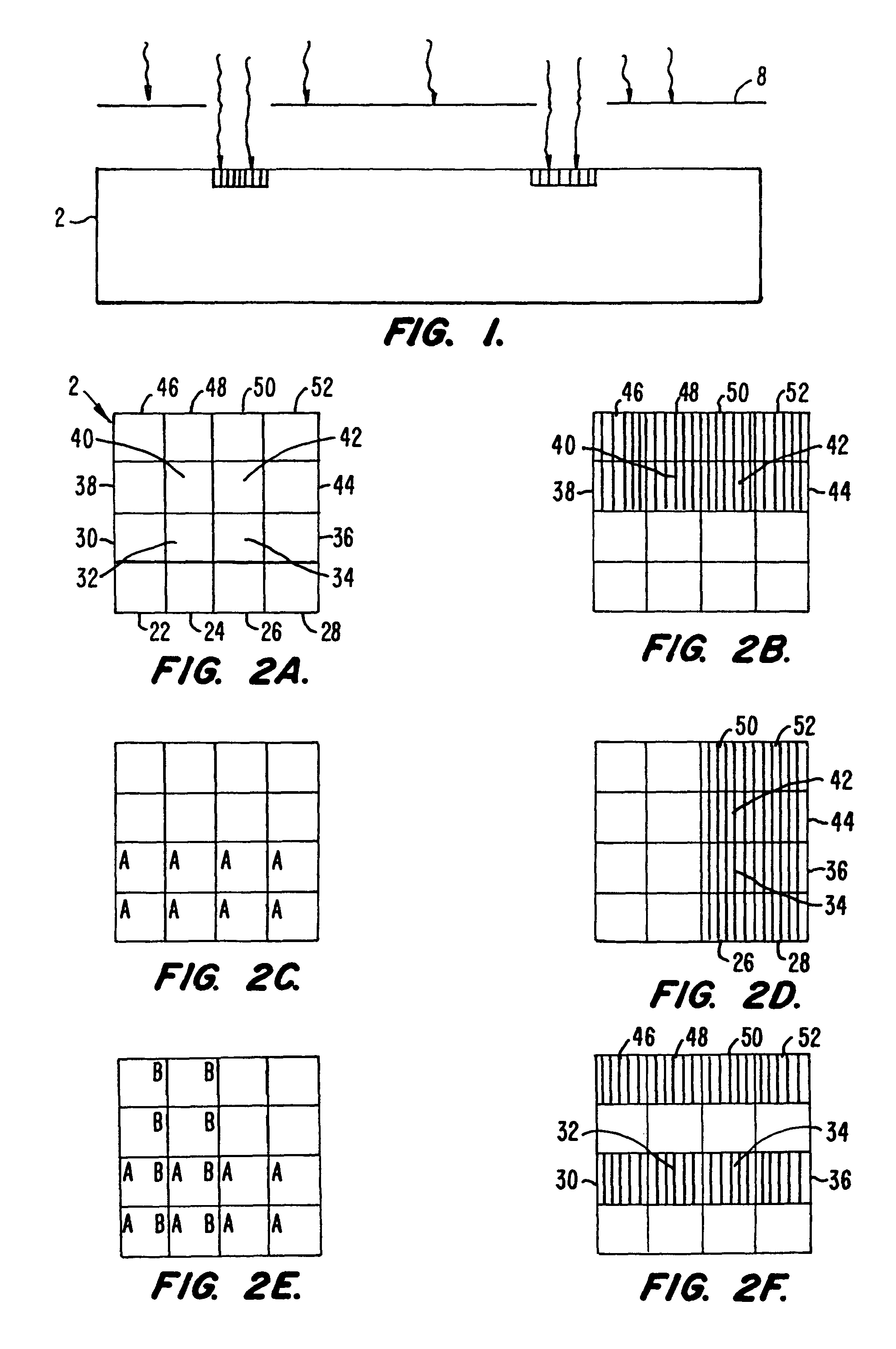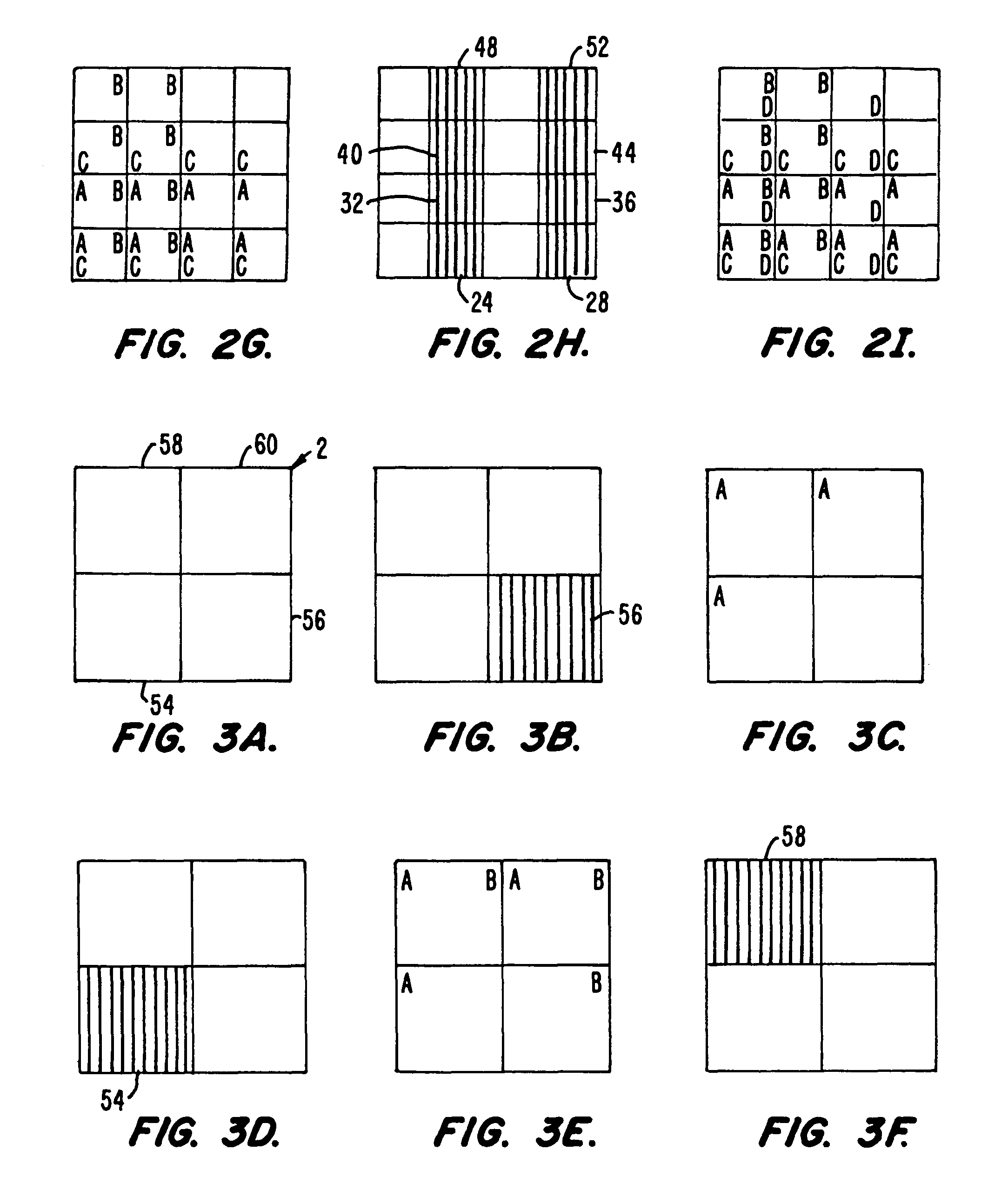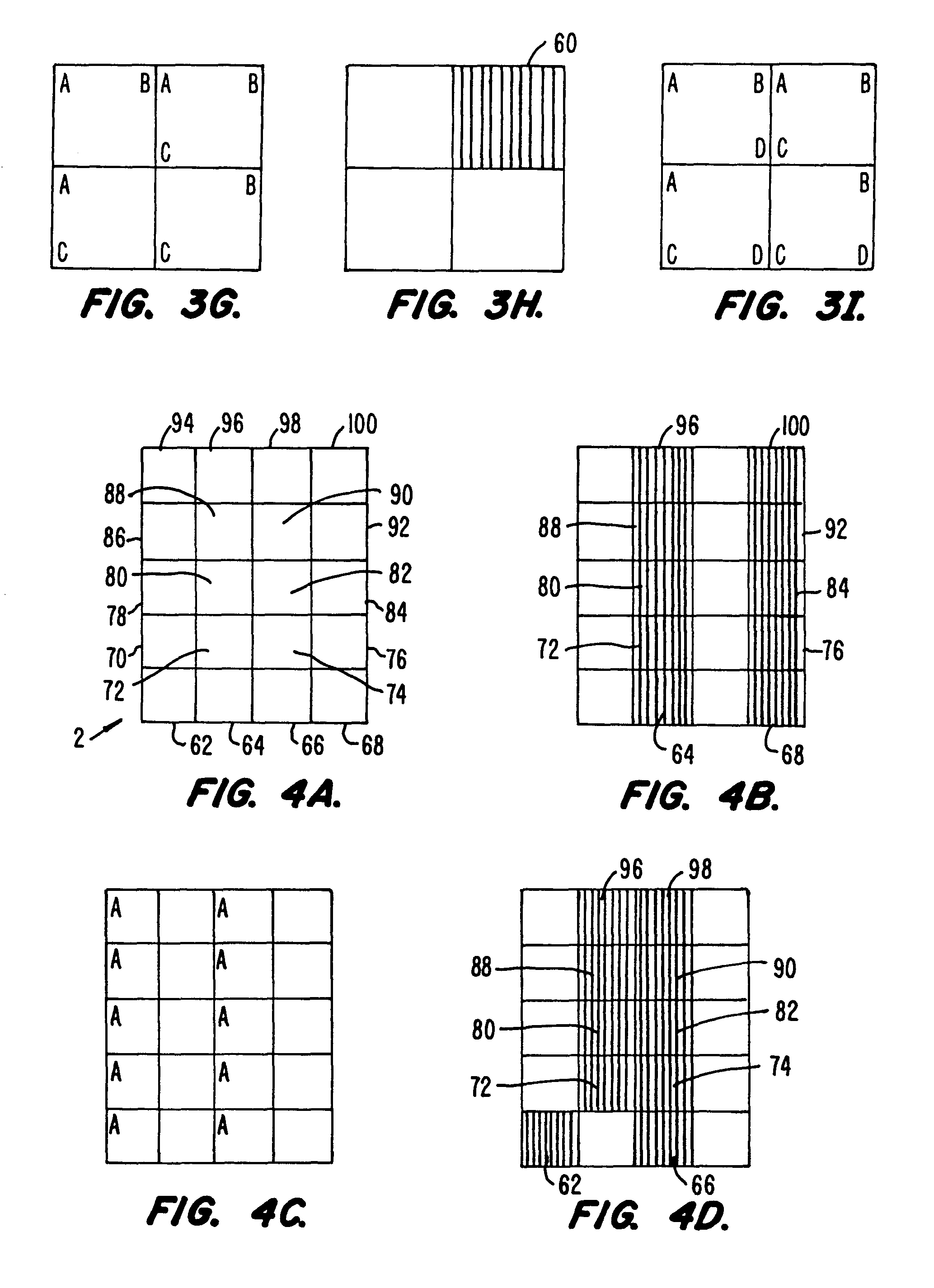Combinatorial synthesis of inorganic or composite materials
- Summary
- Abstract
- Description
- Claims
- Application Information
AI Technical Summary
Benefits of technology
Problems solved by technology
Method used
Image
Examples
example 1
[0230]In this embodiment, a first component of first and second materials is delivered to predefined regions on a substrate, then a second component of the first and second materials is delivered to the predefined region on the substrate, and so on for other components (e.g., third, fourth, firth, etc. components) and / or other materials (e.g., third, fourth, fifth, etc. materials). The resulting array of materials, each at a discrete and known locations of the substrate, comprises layers, blends, mixtures or combinations thereof.
example 2
[0231]In another embodiment, the array is formed as in Example 1, but the resulting materials are formed immediately on the substrate as the components contact each other on the substrate.
example 3
[0232]In another embodiment, the array is formed as in Example 1, but after the various components are delivered to the substrate, a processing step is carried out and causes the components to interact to form layers, blends, mixtures, or combinations thereof or, in addition, materials resulting from a reaction between components.
PUM
| Property | Measurement | Unit |
|---|---|---|
| Temperature | aaaaa | aaaaa |
| Temperature | aaaaa | aaaaa |
| Temperature | aaaaa | aaaaa |
Abstract
Description
Claims
Application Information
 Login to View More
Login to View More - R&D
- Intellectual Property
- Life Sciences
- Materials
- Tech Scout
- Unparalleled Data Quality
- Higher Quality Content
- 60% Fewer Hallucinations
Browse by: Latest US Patents, China's latest patents, Technical Efficacy Thesaurus, Application Domain, Technology Topic, Popular Technical Reports.
© 2025 PatSnap. All rights reserved.Legal|Privacy policy|Modern Slavery Act Transparency Statement|Sitemap|About US| Contact US: help@patsnap.com



